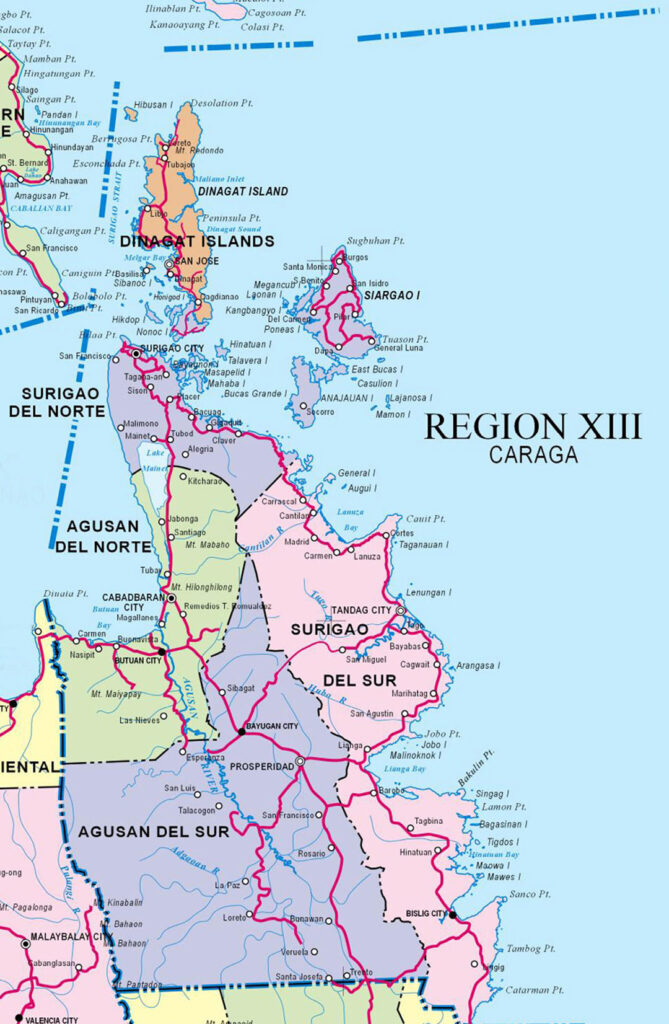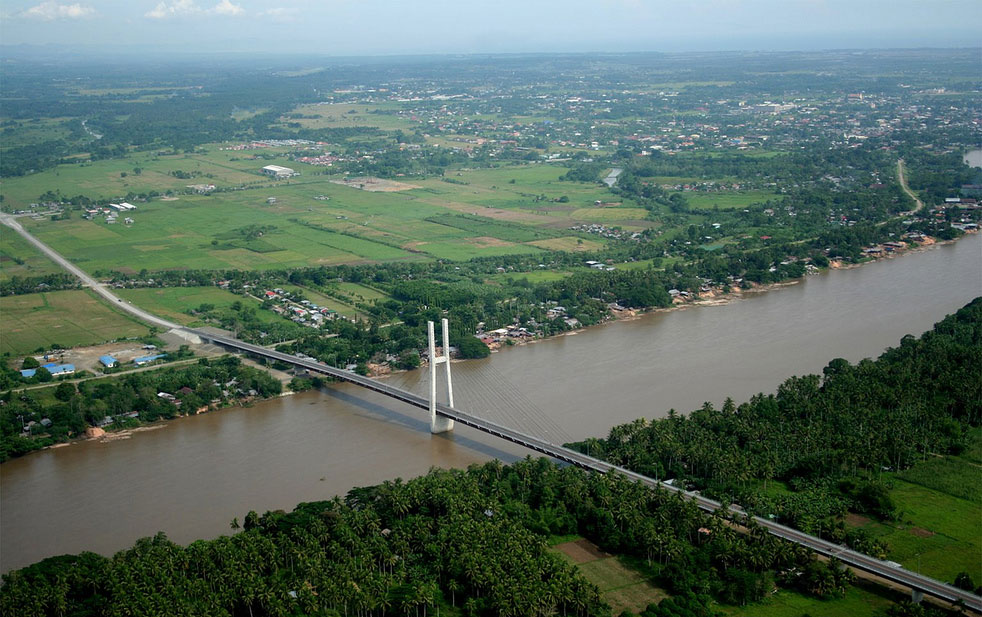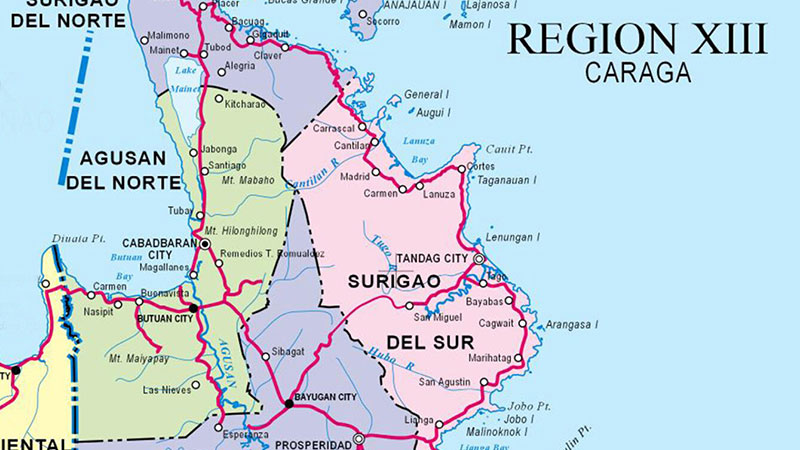On February 23, 1995, Caraga officially gained recognition as a region under R.A. 7901. However, the name “Caraga” was not newly coined; it had existed for more than 400 years before the region’s formal establishment. The name can be traced back to Antonio Pigafetta, a famous Venetian explorer who was thought to have coined the Spanish word from a combination of “kalag” and “an”, Visayan words that mean “soul” and “land. Hence, Caraga was deemed as the land of the brave and fierce people.
Long before Caraga and the rest of the Philippines were under Spanish rule, the land had been an ancient trading hub dating back to the 10th century. Butuan, which was the center of trading in the area, traded with the Rajahnates of Cebu, the Moluccas of Indonesia, the Kingdom of Champa, and other neighboring lands and islands thanks to their trading vessels, the historic “balangay”.

In 1609, as the Spaniards faced challenges in their invasion of Tandag, they bolstered their forces by establishing a military garrison. Upon successfully capturing Tandag, the town became the capital of Provincia de Caraga, encompassing the eastern part of Mindanao—now the present-day Surigao and Agusan areas, which eventually formed Region 13.
The history of Caraga’s conception was marked by numerous transformations. In 1848, after the Spaniards drove out the Moros who had returned to reclaim Tandag, the region underwent further changes.
By the 20th century, Provincia de Caraga was renamed Provincia de Surigao. The name “Caraga” remained dormant for many years until its revival with the establishment of the region.

It was finally in 1995—thanks to the efforts of representatives Charito B. Plaza, Eduardo L. Rama, Sr., Ceferino S. Paredes, Jr., Glenda B. Ecleo, Robert Barbers, Mario S. Ty, and Jesnar R. Falcon—where 5 provinces, namely Agusan del Norte, Agusan del Sur, Surigao del Norte, Surigao del Sur, and Dinagat Island; six (6) cities: Butuan, Cabadbaran, Bayugan, Surigao, Tandag, and Bislig; sixty-seven (67) municipalities and 1,308 barangays—finally came together sa one region.
The efforts gave fruit to a region now recognized for its wealth of natural resources and competitive economy. With a population estimated to reach 3,519,917 by 2040, various provinces are focusing on fields such as agroforestry development, tourism, food production, and mining.

Caraga’s rich history, from its roots as a vibrant trading hub to its evolution into a dynamic region, reflects its resilience and adaptability. Today, it thrives as a center of natural resources and economic progress, with its people continuing to embody the spirit of bravery and determination that has defined the region for centuries. As Caraga looks toward the future, its commitment to sustainable development and cultural preservation ensures that its legacy will endure for generations to come.

